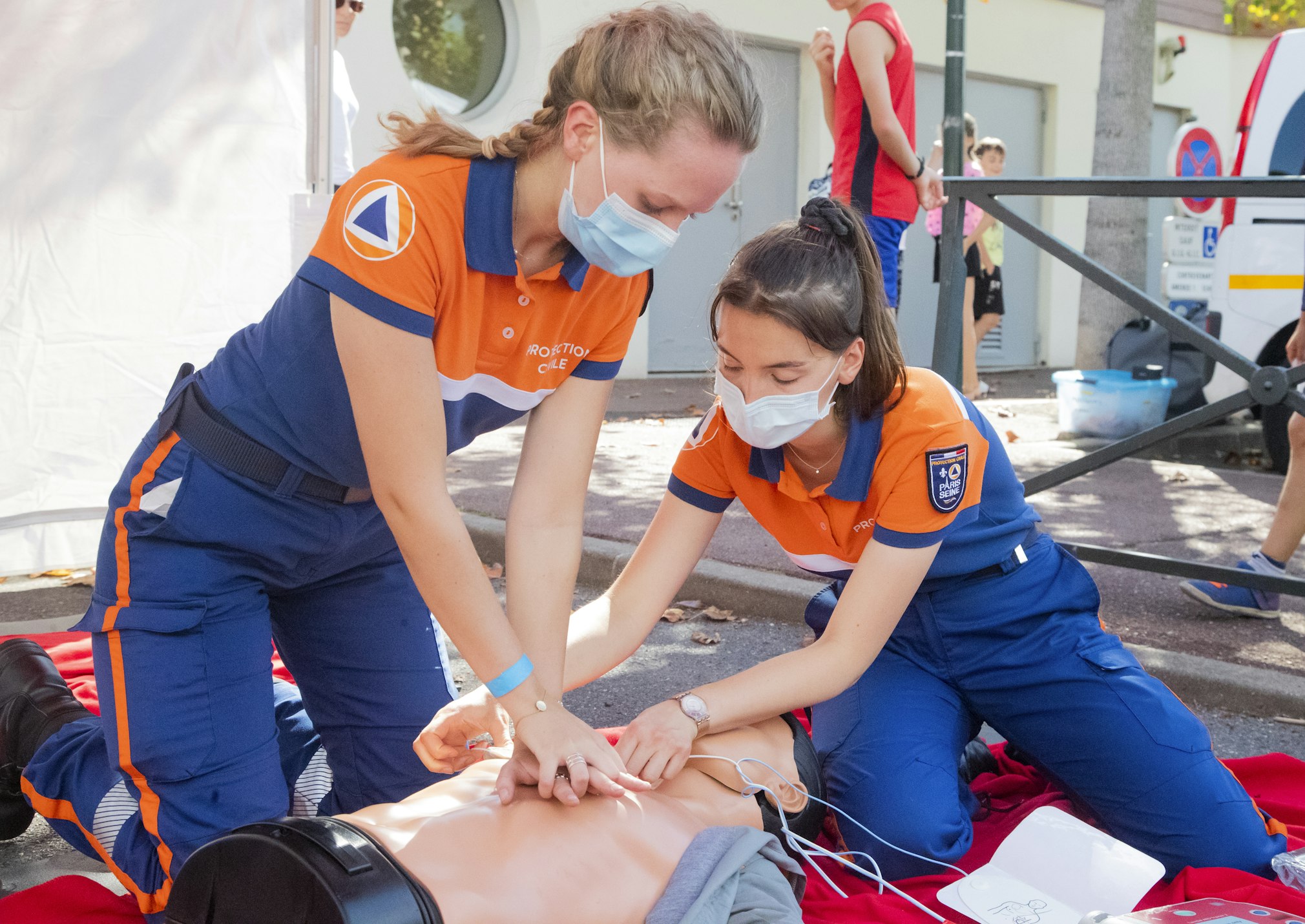The
Distinctions Unveiled Stroke versus Heart Attack
When
it comes to medical emergencies, strokes and heart attacks are extremely
serious conditions. Although they share some similarities in symptoms and risk
factors, it is important to comprehend their unique characteristics. This
article delves into the intriguing realm of strokes and heart attacks,
exploring the key disparities between these life-threatening events.
1.
Anatomy and Affected Organs
A
stroke primarily affects the brain and disrupts the blood supply to a specific
area. It transpires when a blood vessel that carries oxygen-rich blood to the
brain becomes blocked (ischemic stroke) or ruptures (hemorrhagic stroke).
Conversely, a heart attack, also known as a myocardial infarction, impacts the
heart muscle. It occurs when a coronary artery, responsible for supplying blood
to the heart, becomes obstructed, depriving the heart of oxygen and causing
tissue damage.
2.
Symptoms
Although
strokes and heart attacks may share some symptoms, they often exhibit distinct
signs. Strokes commonly manifest through sudden weakness or numbness on one
side of the body, difficulty speaking or understanding speech, severe
headaches, and issues with balance or coordination. In contrast, heart attacks
typically display symptoms such as chest pain or discomfort, shortness of
breath, nausea, cold sweats, and pain radiating down the left arm.
3.
Urgency and Timeline
The
urgency and timeline surrounding strokes and heart attacks significantly
differ. Strokes require swift intervention as time is of the essence. Seeking
immediate medical attention can help minimize long-term brain damage and
disability. Treatments like clot-busting medications or interventional
procedures are most effective within the initial hours of symptom onset. Heart
attacks also necessitate prompt action, but the timeframe for intervention is
slightly more extended. Rapid medical care, such as administering
clot-dissolving drugs or performing cardiac interventions like angioplasty, can
salvage heart muscle and prevent severe complications.
4.
Risk Factors
Multiple risk factors contribute to the development of strokes and heart attacks, with some overlapping and others specific to each condition. High blood pressure, smoking, diabetes, and high cholesterol are common risk factors shared by both strokes and heart attacks. However, certain factors play a role exclusively in each case. Atrial fibrillation (irregular heart rhythm), previous stroke or transient ischemic attack (TIA), and specific blood disorders contribute to the risk of strokes. Heart attacks, on the other hand, may be influenced by factors such as a family history of heart disease, obesity, a sedentary lifestyle, and stress.
5.
Treatment and Rehabilitation
The
treatment approaches for strokes and heart attacks differ due to their impact
on distinct organs. Strokes often involve restoring blood flow to the brain,
minimizing brain damage, and managing complications through a combination of
medications, rehabilitation therapy, and lifestyle changes. Conversely, heart
attack treatment revolves around promptly reopening the blocked coronary artery
to restore blood flow and preserve heart muscle function. Medications, cardiac
procedures, and cardiac rehabilitation are crucial components of the recovery
process.
6.
Recovery and Long-term Care
The
recovery journey and long-term care for stroke and heart attack survivors
differ based on the affected organs. Stroke survivors may require specialized
rehabilitation to regain lost abilities and relearn everyday tasks. Physical
therapy, occupational therapy, and speech therapy play vital roles in their
recovery. Additionally, ongoing management of risk factors such as blood
pressure, cholesterol levels, and medications is necessary to prevent further
strokes.
Heart
attack survivors often undergo cardiac rehabilitation programs to aid in their
recovery and improve overall heart health. These programs include exercise
training, education about lifestyle modifications, and counseling to address
emotional and psychological well-being. Adopting a heart-healthy lifestyle,
including a balanced diet, regular exercise, and medication adherence, becomes
pivotal in maintaining heart health and preventing future cardiac events.
7.
Prevention Strategies
Preventing
strokes and heart attacks involves addressing risk factors and making lifestyle
changes. It is crucial to maintain a healthy blood pressure range, abstain from
smoking, manage diabetes effectively, and control cholesterol levels. Engaging
in regular physical activity, consuming a nutritious diet comprising fruits,
vegetables, whole grains, and lean proteins, and maintaining a healthy weight
are also important preventive measures.
Closely
monitoring and managing other specific risk factors, such as atrial
fibrillation or previous strokes, can significantly reduce the risk of future
strokes. Heart attack prevention strategies may involve managing stress
effectively, maintaining a healthy weight, engaging in regular physical
activity, and limiting the intake of alcohol. Regular check-ups with healthcare
professionals and adherence to prescribed medications further contribute to
preventing future cardiac events.
By
understanding the nuances between strokes and heart attacks, recognizing
symptoms promptly, and implementing appropriate treatment and prevention
measures, we can make a significant impact on reducing the devastating
consequences of these medical emergencies. Empowering individuals with
knowledge about stroke and heart attack prevention, along with ensuring access
to timely medical care, contributes to better health outcomes and improved
quality of life. Together, we can strive to prevent these life-threatening
events and secure a healthier future for everyone.
While
strokes and heart attacks are catastrophic medical events, comprehending their
differences is essential. Recognizing symptoms, seeking immediate medical
attention, and implementing appropriate treatment measures are fundamental in
mitigating the damage caused. By educating ourselves and raising awareness, we
have the potential to save lives and ensure better health outcomes for
individuals facing these critical situations.
*Composed from different sources and altered so that it
is more fascinating to perusers


0 komentar:
Posting Komentar